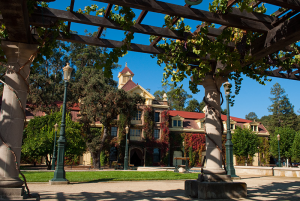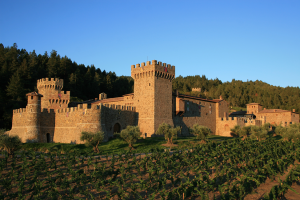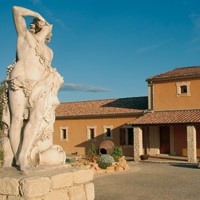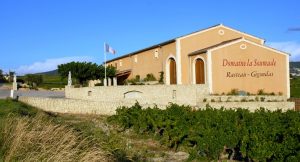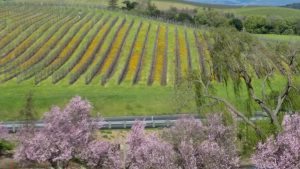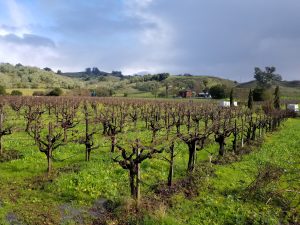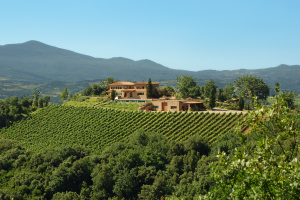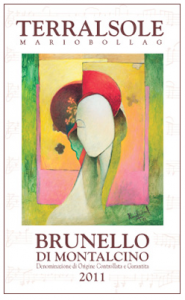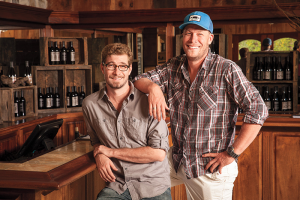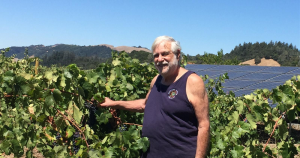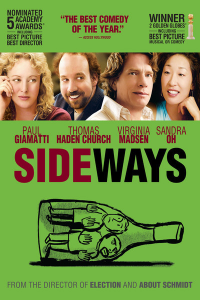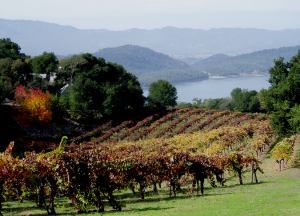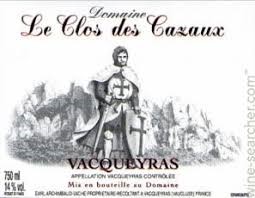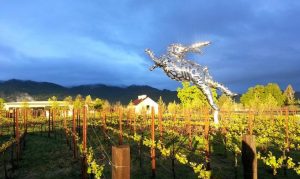A few years ago, we were on an extended wine tasting trip to Paso Robles. We had been to most of the wineries we knew we wanted to visit, including Tablas Creek, Justin and Adelaida. We had made some nice discoveries, such as Ecluse and Caliza. We were fairly intent and the tasting was intense, because the hot growing conditions in the Paso Robles area lead to some very high alcohol content in the wines produced there. In fact, one winery’s wines were topping out at 16.5 percent. Lucie was constantly complaining about the high level of alcohol in Central Coast wines.
On the last day of our visit, we were just driving along Route 46 stopping rather randomly at wineries along the way. We had never heard of any of them, so the best that could happen was a new discovery and the worst was learning what to avoid in the future. But that afternoon just seemed to go from worse to worst.
Now, Power Tasting’s philosophy is not to speak ill of wineries but rather to praise the ones that we believe deserve it, and we’re about the experience, not the wines themselves. That day, we finally arrived at a winery where the experience was mixed. The tasting room was tastefully decorated with antiques and the bar was almost unobtrusive in a space that felt like a visit to Grandma’s. Unfortunately we entered just behind a family with two little boys who, as little boys will, wanted to touch everything. The servers were in a tizzy, trying to pour wine while preventing destruction of the knick-knacks. So we have to admit that conditions weren’t optimal for enjoying what was in our glasses. That said, the wine was simply awful. We paid our respects and left quickly, hoping not to hear anything break as we departed.
In the parking lot, we looked at each other and said “Maybe we ought to stop. Our taste buds might just be worn out.” Perhaps all we had sipped in the past few days had caught up to us and we simply couldn’t differentiate good wine from bad any longer. There was, however, one winery that we had deliberately left for last because we knew their wines well and liked them very much. This winery was Turley Wine Cellars (http://www.turleywinecellars.com), famous for their Zinfandels. We gave ourselves one last try.
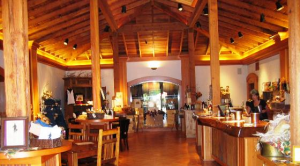
Turley’s tasting room in Templeton, near Paso Robles. Photo courtesy of pairingswineandfood.com
We entered in Turley’s cool, woody tasting room and sipped some Zins. Hosannah! They were delicious. Our taste buds hadn’t died after all.
There are a few lessons to be learned from this experience. First of all, trust your taste. Your tongue won’t actually shrivel up and die. If you like a wine you’re tasting, it’s good wine…at least for you. And if you don’t like it, it’s not good. (Of course, if you’re sipping Lafitte Rothschild and you don’t like it, either it’s corked or you need to re-calibrate your taste buds.)
Another lesson is about the purpose of wine tasting. It’s a joy to taste a famously great wine and maybe even more so to find a wine you’ve never heard of that blows you away. But it’s also important to find out what you don’t like, to educate your mouth.
And finally, within the bounds of reason and safety, don’t give up. If you don’t like the wine you’re tasting now, the next one may be the one that makes your whole wine tasting trip worthwhile.
